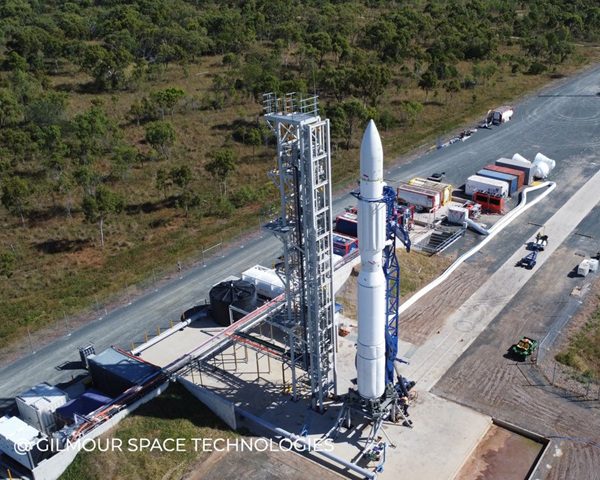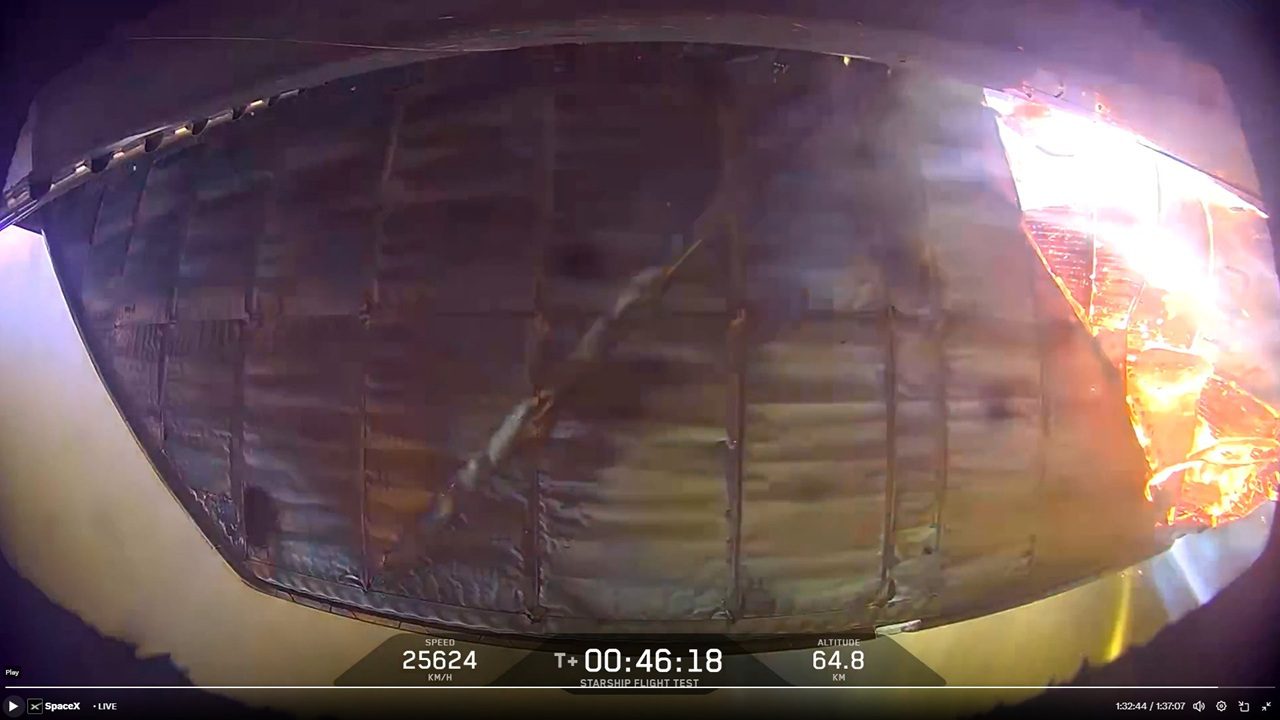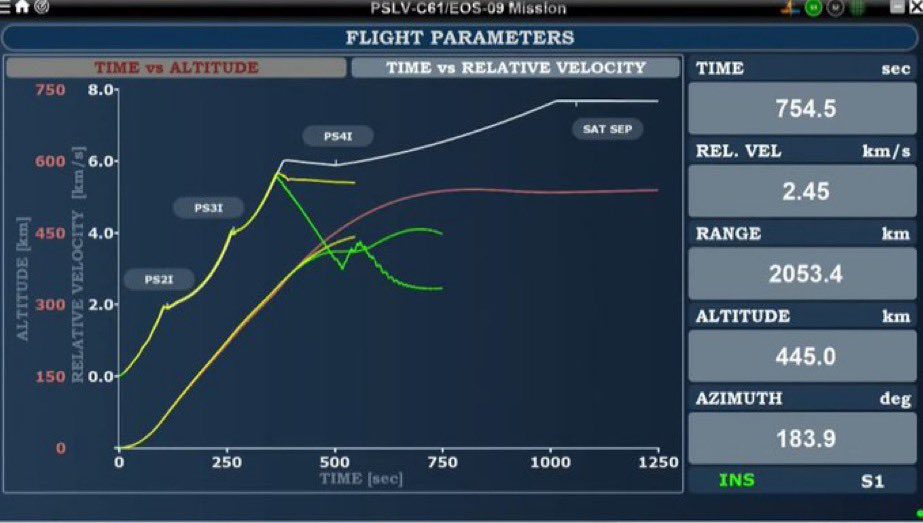The Democratic People’s Republic of Korea (DPRK), otherwise known as North Korea, formally announced that its Unha-3 rocket successfully launched the Kwangmyongsong-4 earth observation satellite at 0030 GMT on 7 February 2016. Nevertheless there are doubts about whether the flight was a complete success. The satellite was reported as having been initially left in a “tumbling” condition, but was later recovered to a stable orientation. Nevertheless, later reports said it had fallen back into a tumble.
The circa 200kg satellite was launched into a 465 x 502km orbit at a reported 97.53 degrees inclination. Such an inclination is usually used for a Sun-synchronous Low Earth Orbit, giving a clue as to the likely Earth observation mission of the satellite. However, the orbital apogee and perigee parameters achieved appeared to be shy of those needed for a sun-synchronous orbit. An apogee and perigee of around 520-550km each would normally be needed given the inclination.
Thus, this is thought to be indicative of a slight “undershoot” by the final stage, especially with respect to the perigee. The orbit achieved was less than that of the previous Kwangmyongsong 3-2 mission (also left tumbling but never recovered). It is not known if the satellite can now raise its orbital apogee and especially its perigee enough to achieve the orbital plane precession rate needed for a sun-synchronous orbital condition. The inclination could, of course, also be changed, but this generally requires more energy than simple orbit raising.
The Kwangmyongsong-4 launch followed on from North Korea’s announcement that it had exploded a thermonuclear fusion-class H-bomb in January. While the blast was not thought to be powerful enough for a successful fusion explosion, it did equate to another North Korean fission-class atom bomb test. The United Nations condemned the launch as really being a test of elements for a ballistic missile. Many of North Korea’s neighbours are fearful that by combining the two technologies, the state will gain a basic intermediate range nuclear-armed missile, which could be developed into a full-blown first-strike intercontinental ballistic missile system.
The Democratic People’s Republic of Korea (DPRK), otherwise known as North Korea, formally announced that its Unha-3 rocket successfully launched the Kwangmyongsong-4 earth observation satellite at 0030 GMT on 7 February 2016. Nevertheless there are doubts about whether the flight was a complete success. The satellite was reported as having been initially left in a “tumbling” condition but this was later recovered to a stable orientation, although there were later reports that it had fallen back into a tumble again.





